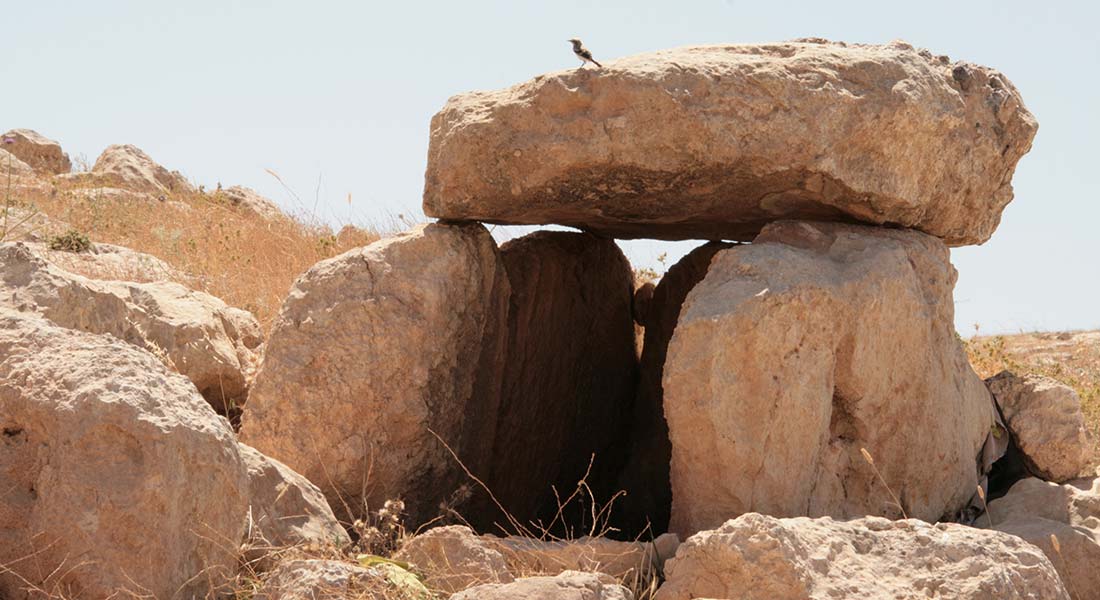A research team led by the University of Copenhagen has uncovered a remarkable Early Bronze Age ritual landscape at Murayghat in Jordan. The discovery can shed new light on how ancient communities responded to social and environmental change.

How did ancient cultures respond to crises and the collapse of the established social order? The 5,000-year-old Early Bronze Age site of Murayghat in Jordan, which has been extensively excavated by archaeologists from the University of Copenhagen, may hold an answer.
Murayghat emerged after the decline of the so-called Chalcolithic culture (ca. 4500-3500 BCE), a period known for its domestic settlements, rich symbolic traditions, copper artifacts, and small cultic shrines.
Researchers believe that climate shifts and social disruptions may have led to the collapse of the culture, and in response, Early Bronze Age groups began creating new forms of ritual expression:
"Instead of the large domestic settlements with smaller shrines established during the Chalcolithic, our excavations at Early Bronze Age Murayghat show clusters of dolmens (stone burial monuments), standing stones, and large megalithic structures that point to ritual gatherings and communal burials rather than living quarters," says project leader and archaeologist Susanne Kerner from the University of Copenhagen.
Redefinition of territory and social roles
More than 95 dolmen remains have been documented by the archaeologists, and the central hilltop of the site contains stone-built enclosures and carved bedrock features that also suggest ceremonial use.
These visible markers may have helped redefine identity, territory, and social roles in a time without strong central authority, Susanne Kerner points out:
"Murayghat gives us, we believe, fascinating new insights into how early societies coped with disruption by building monuments, redefining social roles, and creating new forms of community."
Excavations at Murayghat have revealed Early Bronze Age pottery, large communal bowls, grinding stones, flint tools, animal horn cores, and a few copper objects - all pointing to ritual activity and possible feasting. The site's layout and visibility also suggest it served as a meeting point for different groups in the region.
Susanne Kerner has recently published the article Dolmens, standing stones and ritual in Murayghat about the findings at Murayghat in the journal Levant.






